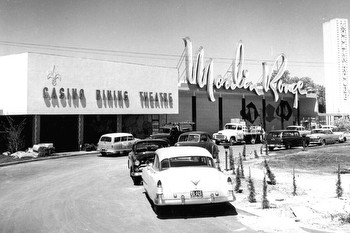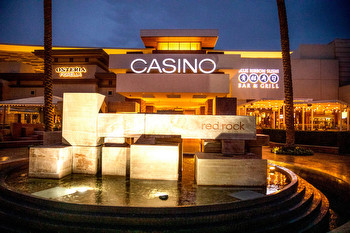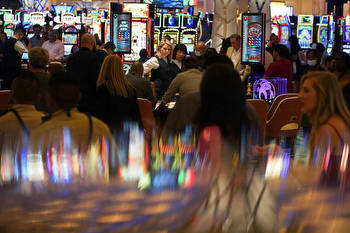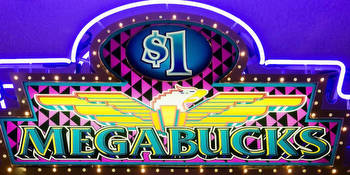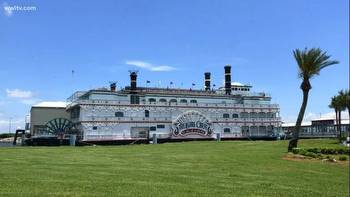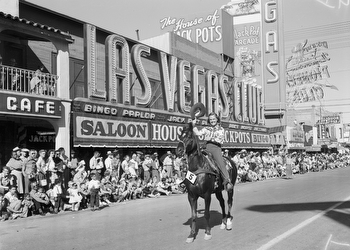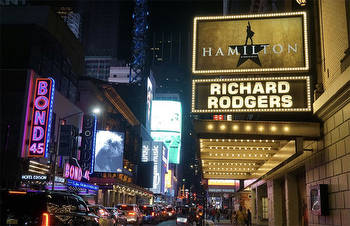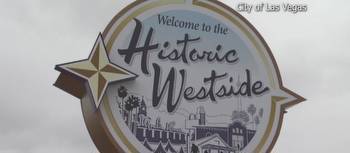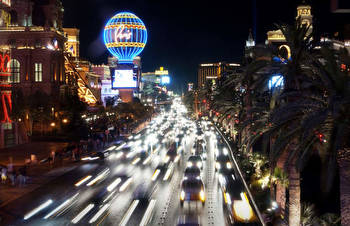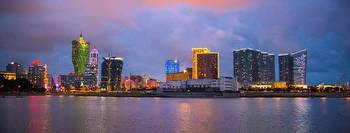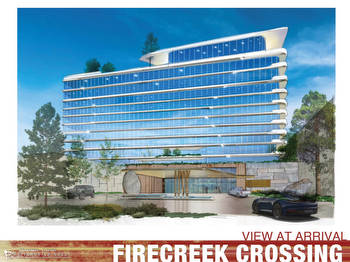Historic Moulin Rouge Site to Host Pop-Up Casino in Vegas
In the desolate landscape of a vacant lot strewn with fragments of broken glass and chunks of loose cement, the sound of slot machines will soon echo as hundreds gather at 840 W. Bonanza Road in Las Vegas. The location holds the memory of the historic Moulin Rouge, a landmark that incites both a sense of nostalgia and a claim to bragging rights for gambling on such a historic site.
On an upcoming day in the near future, the lot will erupt not with the glamour and thrill typically associated with casino resorts, but with the modest, joyous clatter of a slot machine tucked in a trailer. Just this past Wednesday, the Nevada Gaming Control Board (NGCB) proposed to grant a one-day, slots-only, nonrestricted gaming license to the current owners of the site—marking a significant token of acknowledgement for the historic Westside landmark.
Subject to the Nevada Gaming Commission’s (NGC) approval, which is anticipated on April 18, United Coin Co. is set to unveil a 40-foot shipping container housing 16 slots on May 14. Starting at 6 a.m, the site will become a makeshift casino for eight hours. This unconventional homage to the site’s gaming history is necessitated by state law every two years to maintain the property’s gaming rights.
These gaming licenses—the issuance of which Nevada ceased in the 1990s—are highly sought after. To date, the Gaming Commission has never denied this repeated request, illuminating its recognition of the site’s historical importance in the gaming industry.
The significance of the Moulin Rouge extends beyond its role as a gaming center; it was a symbol of integration and unity. Opened on May 24, 1955, it became the first racially integrated casino in America, at a time when African Americans were actively barred from gambling or obtaining front-of-house jobs in casinos. Icons of black culture and entertainment, such as Sammy Davis Jr., Lena Horne, Louis Armstrong, Duke Ellington, often frequented the establishment, along with their white allies, including Frank Sinatra, Judy Garland, and Jack Benny.
Unfortunately, the Moulin Rouge ultimately closed less than half a year after its opening due to financial mismanagement. However, many also highlight the impact of institutional racism that obstructed the casino’s troubled founders from receiving loans as conveniently as their counterparts on the Strip.
The significance of the Moulin Rouge was further underscored in its posthumous years, when in 1960, five years after the casino closed, it hosted a meeting between casino representatives, government officials, and the NAACP. Dubbed the Moulin Rouge Agreement, this historic summit brokered an end to segregation in all of Las Vegas.
Despite its historical significance, the Moulin Rouge couldn’t escape an unfortunate fate marked by vandalism, fire damage, and eventual demolition in 2010. In 2020, RAH Capital acquired the 11.3 empty acres for $3.1 million and assumed $2 million plus interests in liens related to the site’s cleanup. Although whispered rumors of a rebuild of the historic casino continue to circulate, no official plans have been announced, leaving the Moulin Rouge a memory etched into the shimmering mirage that is Vegas.












